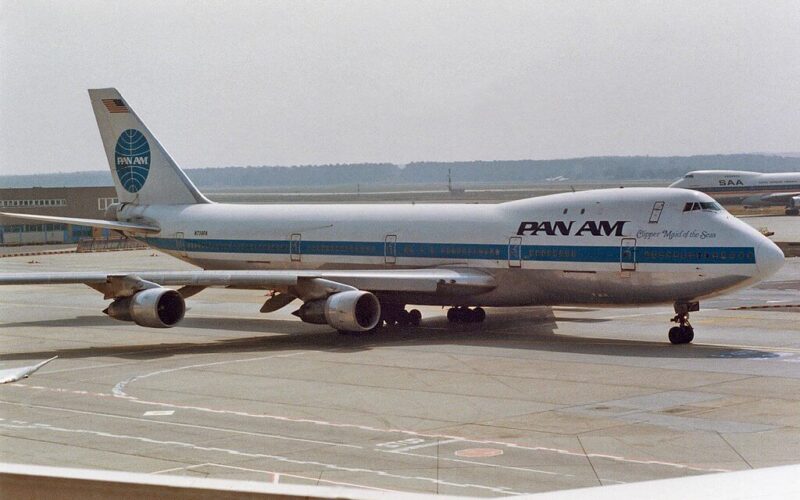After much turmoil in recent years, the airline industry finally appears to be on the up.
More people are travelling, carriers are buying planes, companies are competing for pilots and new airlines are launching.
However, the COVID-19 pandemic, that brought the world to its knees in 2020, showed the aviation industry just how fragile it can be.
According to CNN, the pandemic alone killed off 64 airlines as global and domestic travel by plane ground to a halt.
“If you look at the number of airlines that have gone out of business, it’s staggering, and there have been major impacts across a massive number of airlines,” says Steve Ehrlich, chairman of Pilots Together. “The pandemic exposed some of the weaknesses [in airlines] that we might not have seen for some time.”
The number of airlines that went under during the pandemic is startling, but it shows how changes in the industry can have crushing consequences.
Airlines collapsing is not a new concept, but the pandemic brought into focus just how easily it can happen and how the size and longevity of a carrier is no defense.
For 64 airlines COVID-19 was the death blow but in the preceding decades carriers have been forced to cease operations for a variety of reasons.
We wish we could list them all, but the truth is there have been far too many, so here are some of the most famous airlines that vanished from the skies.
Aigle Azur
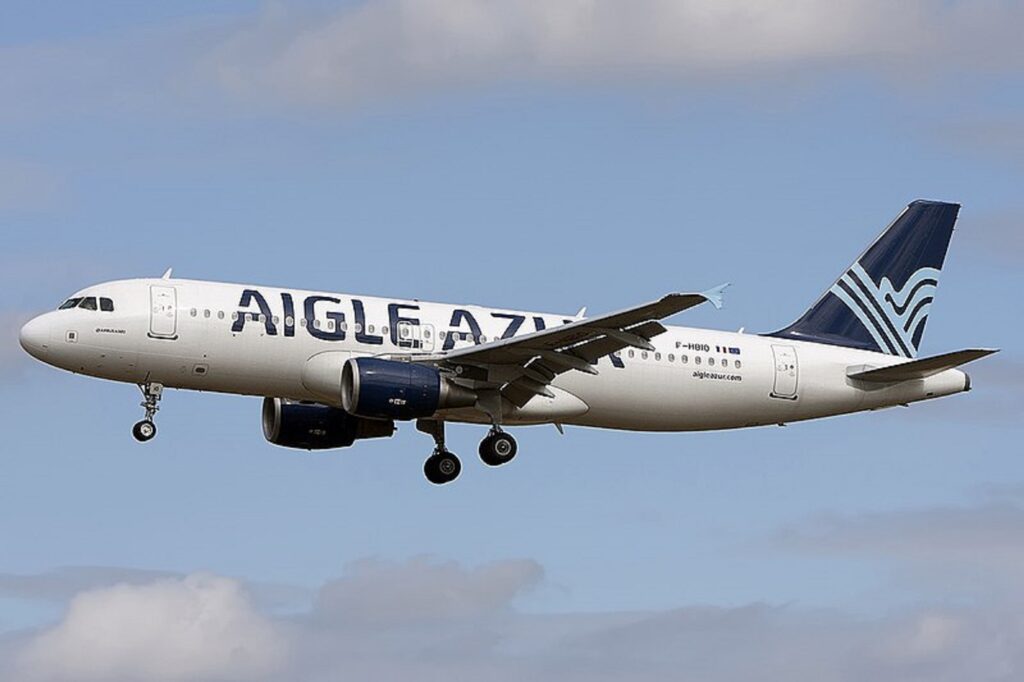
When the second biggest airline in France, Aigle Azur, collapsed in September 2019, it proved that no carrier is immune from disaster.
Set up by Sylvain Floirat in 1946, the airline would come to an abrupt end more than 70 years later after failing to find new investors.
The year before folding Aigle Azur served around 1.9 million passengers, mainly operating between France and Algeria.
Air Berlin
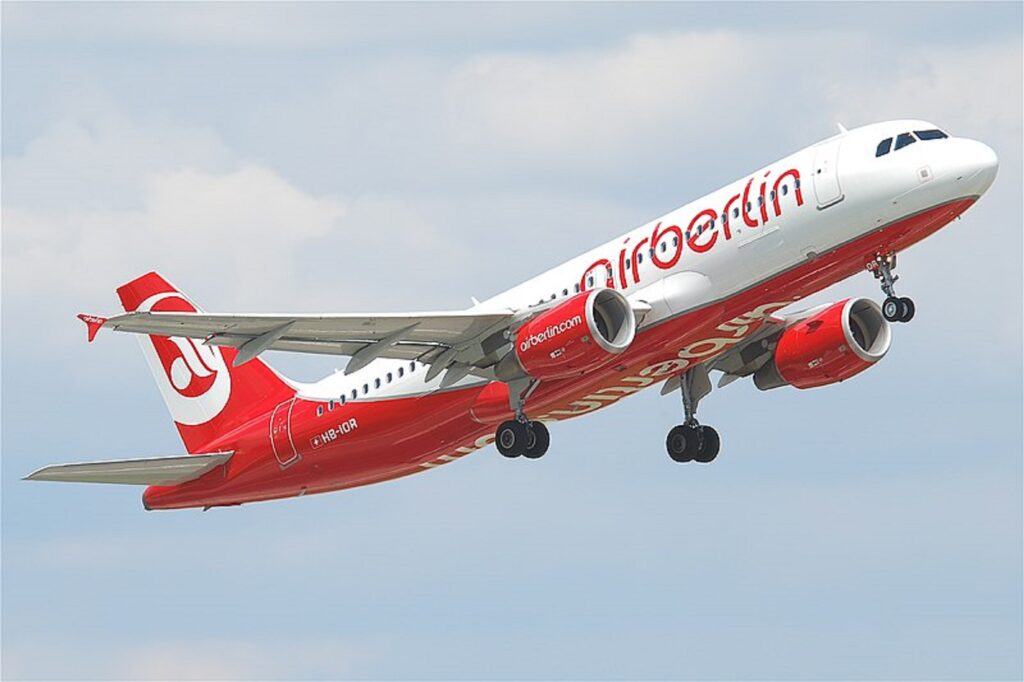
Air Berlin was positioned as Germany’s second largest airline when it was riding high in one Europe’s most desirable markets.
The carrier was founded in 1979 when Germany was split between the East and West countries.
At first Air Berlin was American-owned, which meant that, unlike West German carriers such as Lufthansa, it was able to fly into East Berlin.
After the reunification of Germany in 1991 the airline became a wholly owned German company, but in 2017 operations stopped.
Air Berlin’s largest shareholder Etihad halted financial support, and the carrier was eventually carved up between airlines such as Lufthansa and easyJet.
Aloha Airlines
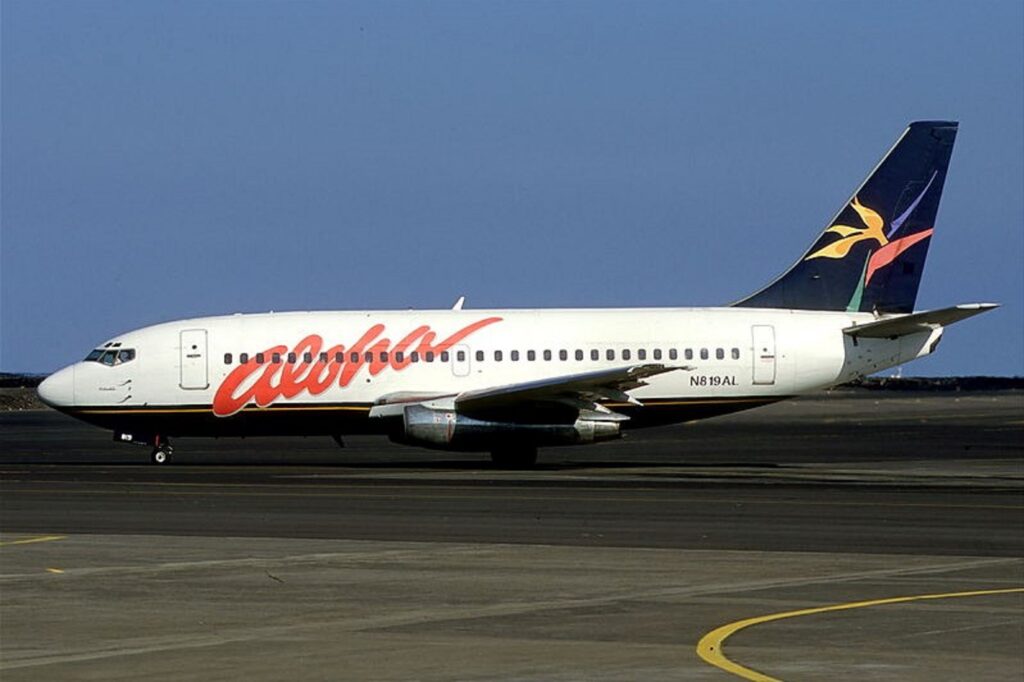
Proudly called the “People’s Airline”, Aloha Airlines launched July 26, 1946, by Hawaiian local Ruddy Tongg Sr.
An iconic American carrier that successfully operated for decades between Hawaiian destinations and eventually to the United States.
On 28 April 1988, an Aloha Airlines’ Boeing 737 rocked the aviation world after a section of the plane fell apart mid-flight, resulting in an air stewardess known as Clarabelle “C.B.” Lansing being fatally sucked out of the aircraft.
Despite the accident the airline continued operations until 2008 when the airline filed for bankruptcy protection under Chapter 11.
Braniff International
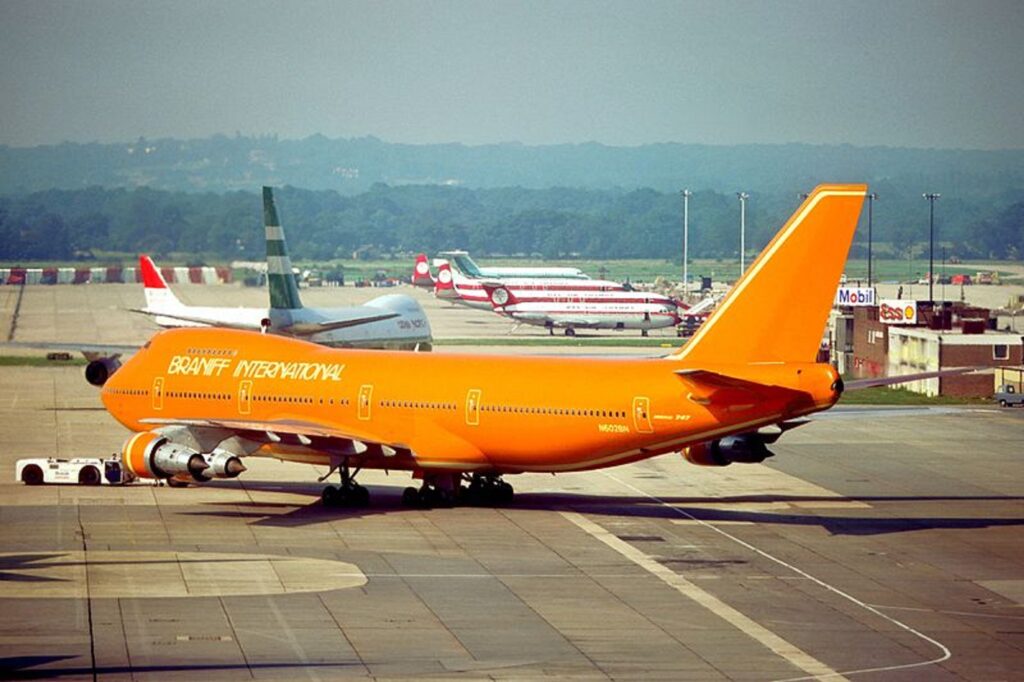
Braniff International, which operated under several names, was a US-based airline founded in 1928 by brothers Paul and Thomas Braniff in Oklahoma.
The all-American carrier ceased operation in 1982 but many of its subsidiaries in hotels, retail and travel successfully continue today.
The airline was an iconic American brand, and its sad demise was blamed on the cost of fuel and increased competition following the introduction of the Airline Deregulation Act of 1978.
Eastern Airlines
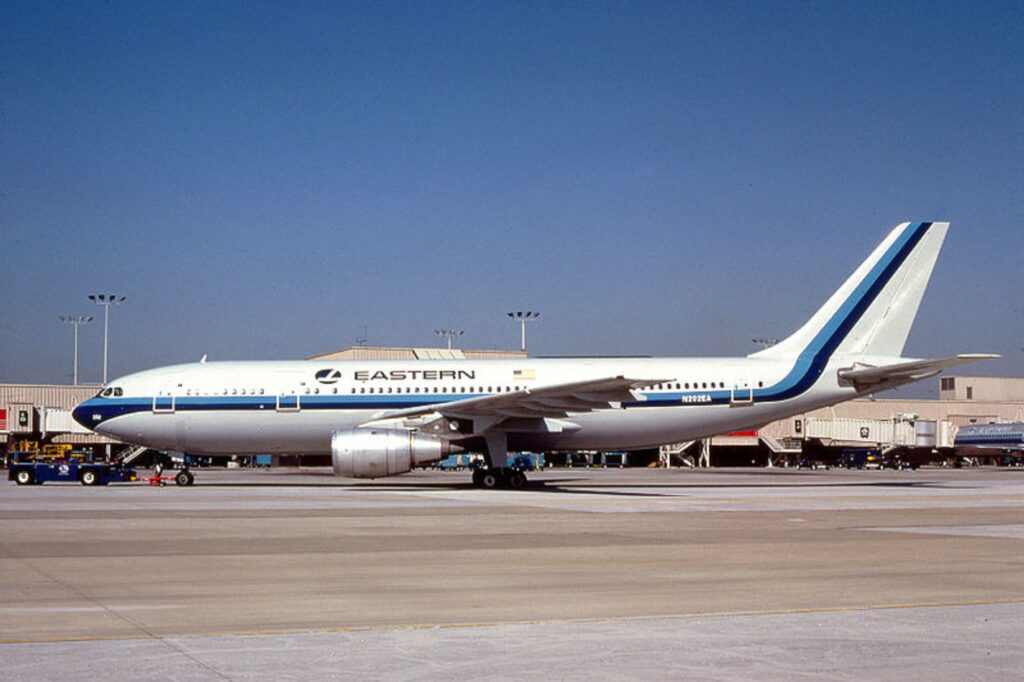
Eastern Airlines stopped operations in 1991 but during its 65-year history it was among the American “Big-Four”, with American, TWA, and United.
From its inception in 1926 as Pitcairn Aviation, Eastern Airlines went on to dominate the market between New York and Florida from the 1930s until the 1950s.
The carrier became part of Texas Air Corporation in 1986 but filed for bankruptcy protection on March 9, 1989.
This enabled the airline to operate without non-unionized employees after strikes had caused chaos.
Eastern Airlines hung on for a little longer, but operation ceased on January 19, 1991.
The airline still lives on in some small part after the rights to the name were purchased in 2018 by Dynamic International Airways and used for the current operating carrier, Eastern.
Flybe
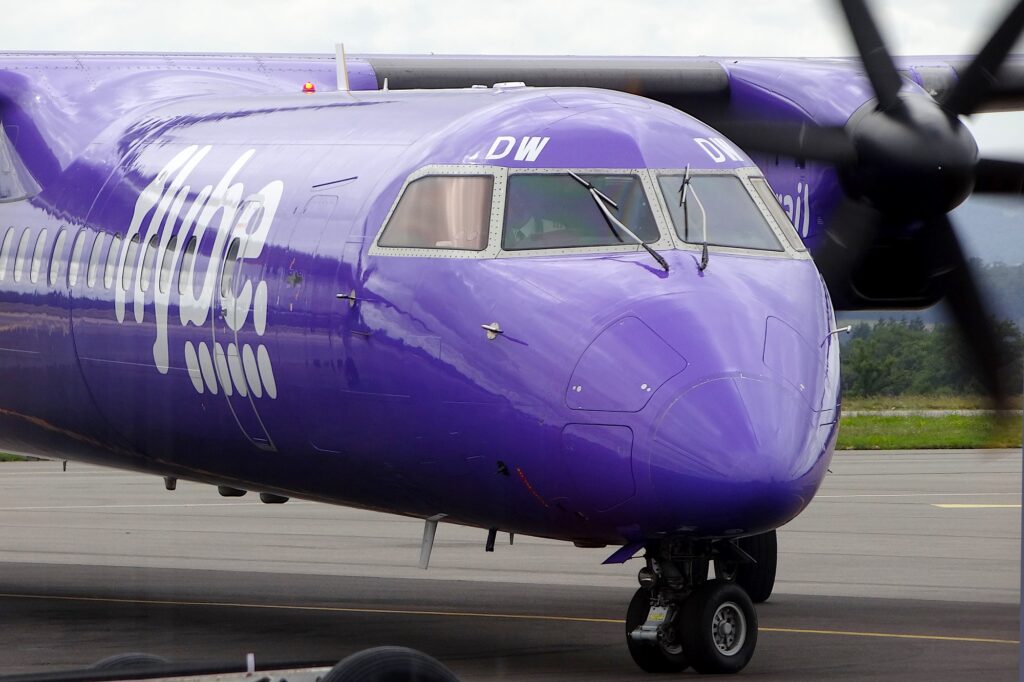
Once the largest regional carrier in Europe, Flybe is a story of resurrection but then more failure.
Flybe started life in 1979 as Jersey European Airways and British European before switching to its more familiar title in 2002.
In February 2019 Flybe was acquired by Connect Airways, a consortium formed by Virgin Atlantic, Cyrus Capital Partners and Stobart Aviation.
However, after continual struggles and the pandemic, the airline entered administration in 2020.
In April 2021 Flybe was brought back from the dead and took flight once again on 13 April 2022, but it didn’t last with operations ending in January 2023.
Interflug
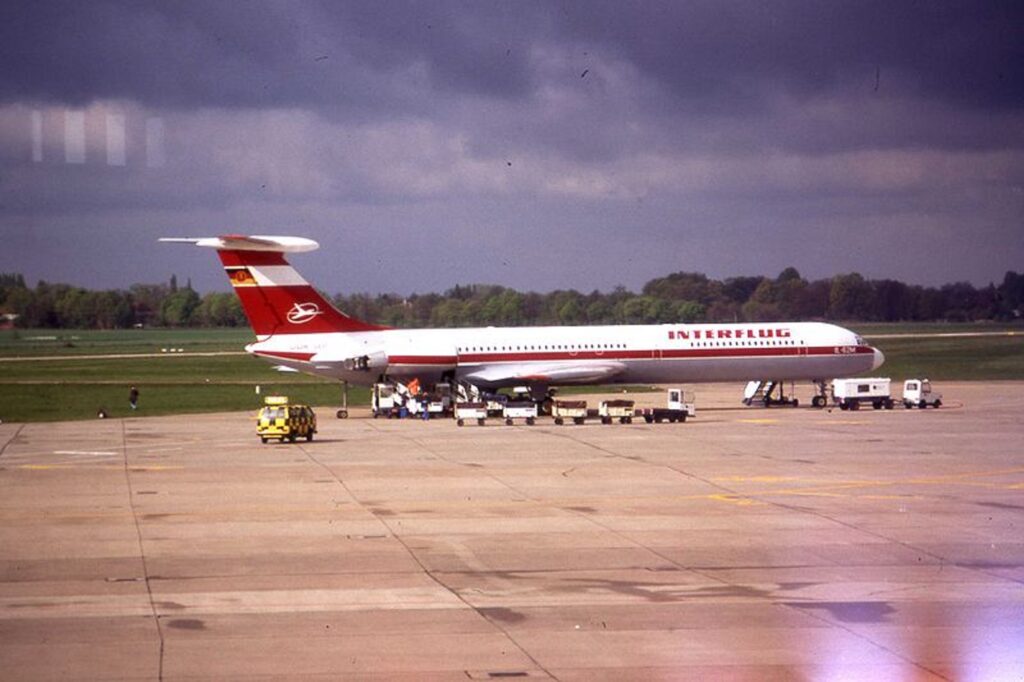
Interflug was the national airline of the German Democratic Republic, more commonly known as East Germany, from 1963 to 1990.
The running of the airline fell under the control of the National Defense Council and the airline’s fleet could be called upon for military purposes at any time.
Pilots were commonly reserve officers of the National People’s Army and flight attendants needed to be approved of by the Stasi, secret police, to minimize defections to Western countries.
Until 1988 countries that were part of the Soviet bloc were not permitted to buy Boeing, McDonnell Douglas and Airbus made aircraft.
Interflug struggled to compete against liberalized Western airlines during the 1980s and when Germany was reunified on October 3, 1990, it marked the end for the East German carrier.
After no investors could be found Interflug was liquidated and dismantled. The last commercial flight took place on April 30, 1991.
Malev
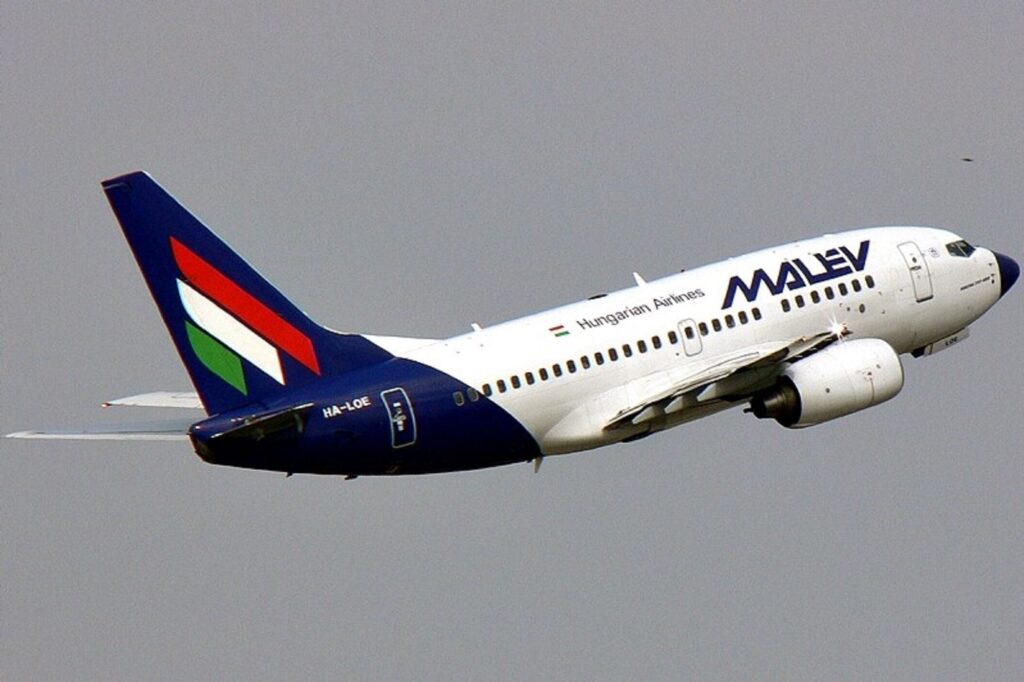
Malev Hungarian Airlines was created in November 1954 when the government purchased MASZOVLET and changed the name.
MASZOVLET was formed in 1946 when the leading airlines in Hungary merged following the Second World War.
When the Soviet bloc receded in 1989, Malev embraced the modernization of the airline with the purchase of Boeing and Bombardier jets.
In 2010, after a period of private ownership, Malev was renationalized but struggled to stay afloat over the following two years and accumulating debts, the airline was declared insolvent in February 2012.
Monarch Airlines
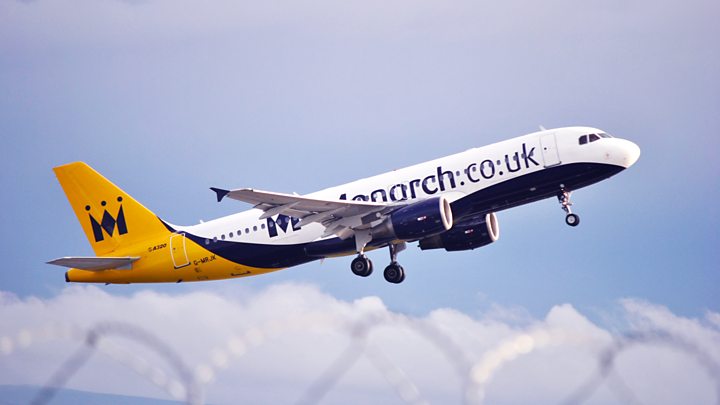
Monarch Airlines was set up in June 1967 by Bill Hodgson and Don Peacock in the UK as a charter and scheduled airline.
For many decades the airline was profitable and defined itself as a carrier for families looking for a sunshine break.
Throughout its time operating, Monach invested in new planes from Boeing to Airbus, but in 2017 when the airline collapsed it would be the largest failure of any UK carrier.
Its demise was blamed on the hyper competitive landscape of budget airlines but Brexit and concerns over terrorism in Europe and North Africa were understood to have played their part.
Pan Am
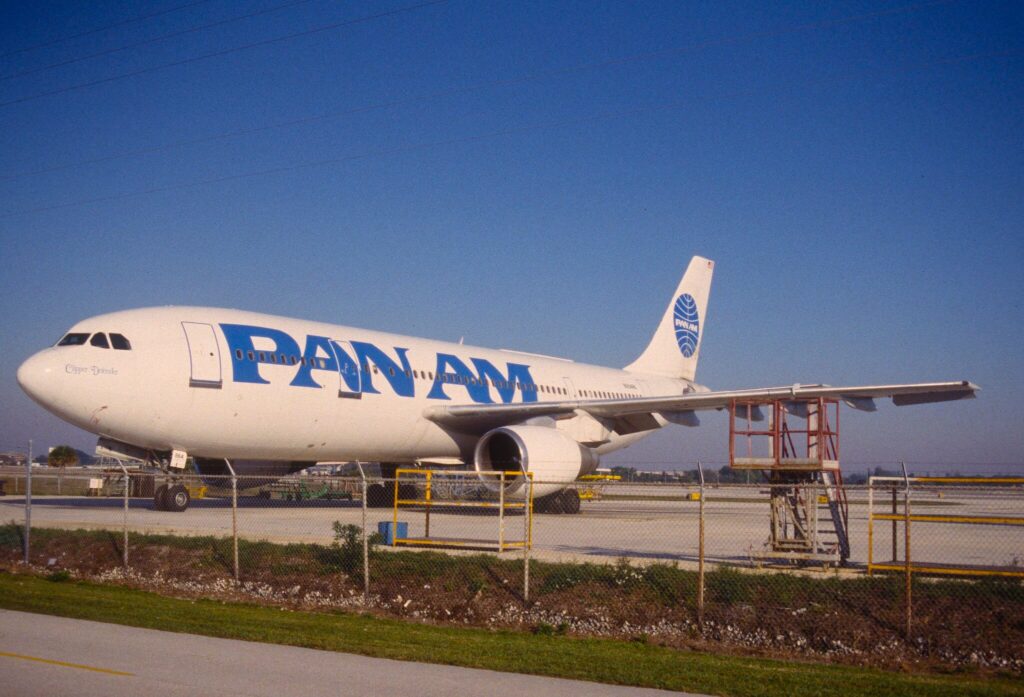
The collapse of Pan Am has gone down in aviation folklore and will probably never be surpassed by any other carrier that goes out of business.
Founded as Pan American Airways, later becoming Pan American World Airways, the US airline was affectionally known as Pan Am.
Operations began on October 19, 1927, and Pan Am quickly grew to become the leading and largest international airline.
Pan Am was more than just an airline, it created and cemented a culture of flying that was powerful and liberating.
In its best years between the late 1950s and early 1970s it was not uncommon for the airline to fly as many as 11 million people all over the world.
By the mid-1970s the landscape changed for Pan Am and the airline started to struggle.
As with Braniff International the deregulation of the airline industry in 1978 was a key factor.
In the 1980s there were attempts to restructure the business and even move the headquarters to Florida from the famous Pan Am Building in New York City.
However, on December 4, 1991, Pan Am ceased operations after selling its most valuable assets.
In the book, Pan Am: An Aviation Legend, writer Barnaby Conrad III argues that Pan Am’s collapse was a “combination of corporate mismanagement, government indifference to protecting its prime international carrier, and flawed regulatory policy”.
Thomas Cook
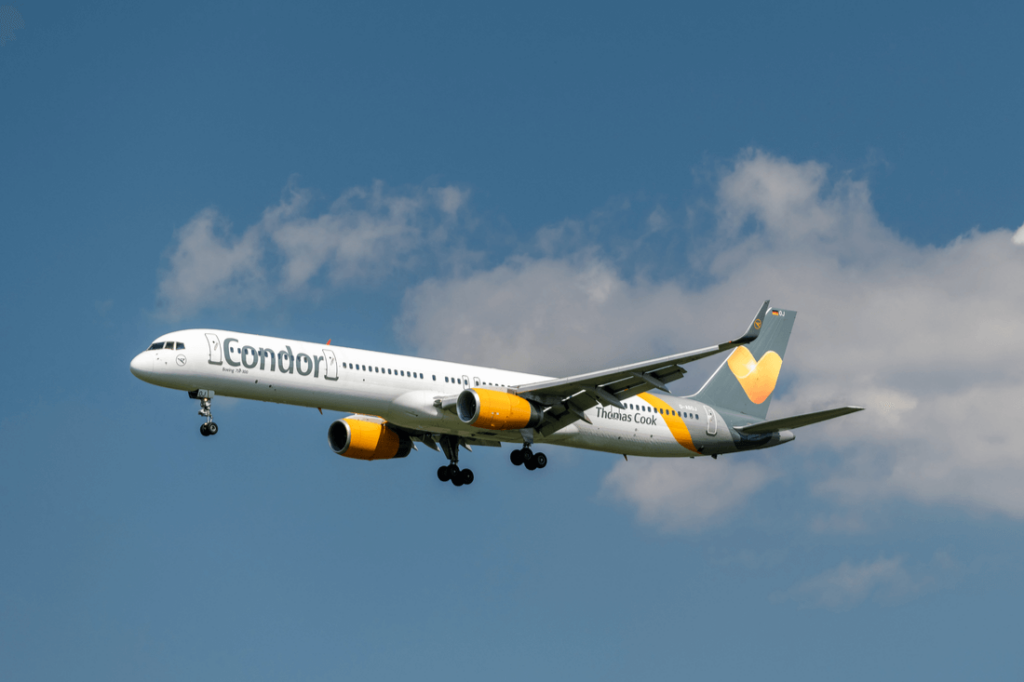
When Thomas Cook Airlines collapsed in September 2019, 140,000 of the carrier’s UK-based customers were still abroad.
This prompted the biggest peacetime repatriation effort involving help from many airlines.
Thomas Cook Airlines began operations on March 27, 2000, and successfully benefitted from the UK’s appetite for European package holidays.
However, like Monarch the airline struggled with competition from low-cost airlines such as Ryanair, easyJet and Jet2.
To survive the company needed a huge injection of cash but when no investment could be found, bankruptcy was inevitable.
Wind Jet
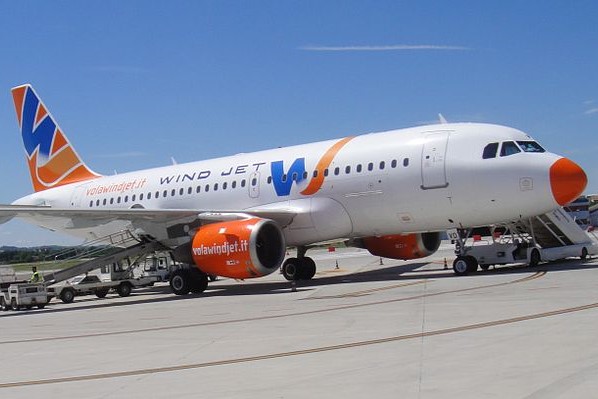
At its height Wind Jet was the third largest airline, by passenger numbers, in Italy but nine years after it was founded the carrier collapsed.
The low-cost carrier was established in 2003 after another Italian airline, Air Sicilia, ceased to operate.
Unfortunately, in its short life Wind Jet experienced financial difficulties and despite interest from Alitalia in purchasing the airline, the deal was never confirmed.
Wind Jet’s operations subsequently came to a close on August 11, 2012.

